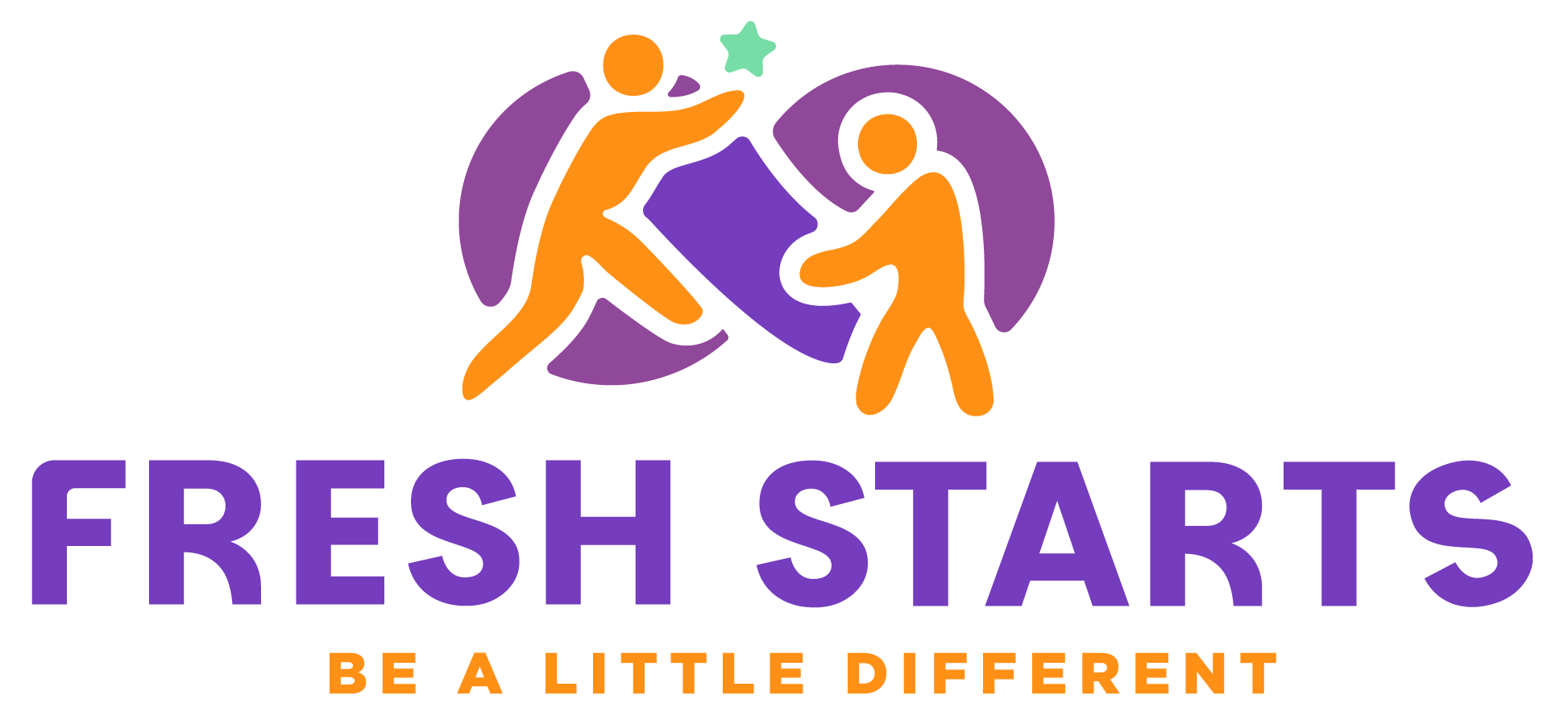Developmental Disorders
Please note this page is for informational purposes and not a guideline for treatment or intervention.
Signs of autism usually focus on three areas of development: social interaction, communication and behaviors. Certain symptoms for each area are listed below:
Social Interaction:
- Marked impairment in the use of multiple nonverbal behaviors
- Failure to develop age-appropriate peer relationships
- Lack of spontaneous seeking to share interests and achievements with others.
- Lack of social or emotional reciprocity.
Communication:
- Delay in or lack of spoken language development (with no compensation through alternative modes of communication) in verbal persons
- Marked impairment in conversational skills
- Stereotyped and repetitive use of language
- Lack of spontaneous age-appropriate make-believe or social imitative play.
Behavior:
- Preoccupation with at least one stereotyped and restricted pattern of interest to an abnormal degree.
- Inflexible adherence to nonfunctional routines or rituals.
- Repetitive motor mannerisms and preoccupation with parts of objects.
- Persistent preoccupation with parts or objects.
These are only a few possible symptoms of autism or a related disorder. If you feel your child exhibits these symptoms, please check our local resources section for reliable assessment professionals in our area.
The Autism Society of America also discusses numerous symptoms of autism here.
*The section “Signs of Autism and Related Disorders” is meant for information purposes only.
1. EdD, Stephen M., and Linda G. Rastelli, MA. Understanding Autism for Dummies. Indianapolis, IN: Wiley Publishing, Inc., 2006. 14-17. Print.
Autism is a brain disorder that typically affects a person’s ability to communicate, form relationships with others, and respond appropriately to the environment. However, many with Autism succeed in amazing careers and excel from film to mathematics.
What Causes Autism?
It is generally accepted that autism is caused by abnormalities in brain structures or functions. Regarding what causes these ab normalities, conclusive research has not yet found one specific cause. Numerous theories have been presented and dispelled over many years.
How Common Is Autism?
Autism is found in every country and region of the world, and in families of all racial, ethnic, religious, and economic backgrounds. It affects millions around the world and is three to four times more common in boys than girls. In the United States, autism is currently diagnosed in 1 out of 48 children (2019).






